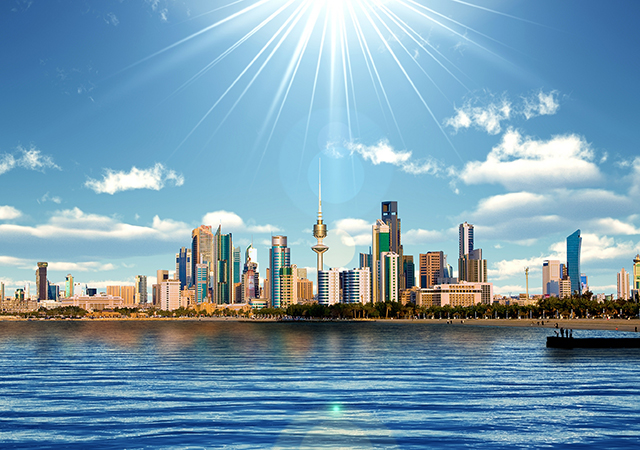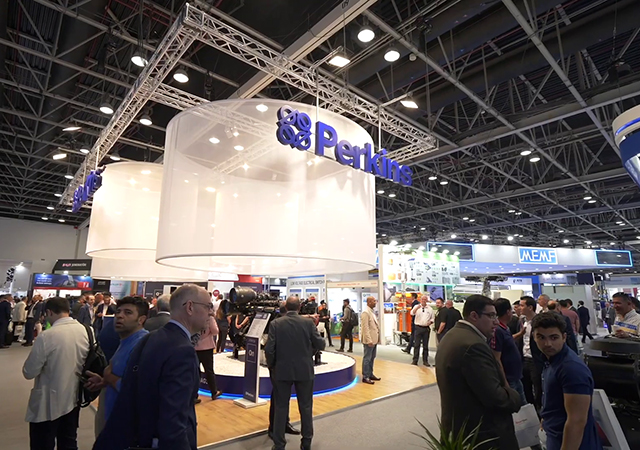
A TWO-day conference to be held in Dammam from November 25 will discuss the scope, opportunities and impact of mega infrastructural land and sea projects worth $30 billion that are planned or currently in progress within the Saudi Government’s current five-year budget.
The first Saudi Maritime Congress taking place at the Sheraton Dammam Hotel & Towers, will attract up to 200 delegates. Amongst the participants offering first-hand business intelligence are some of the kingdom’s foremost stakeholders, decision makers, investors, trade specialists and economists.
The event has been launched under the patronage of Jabara bin Eid Al Suraiseri, the Saudi Arabian Minister of Transport and chairman of the Saudi Ports Authority. The National Shipping Company of Saudi Arabia (Bahri), one of the biggest shipping conglomerates in the world, is the initiator and strategic partner of the Saudi Maritime Congress.
“The Saudi Ports Authority serves the largest economy in the region, handling 95 per cent of the exports and imports of the kingdom (excluding crude oil). This represents 61 per cent of the total cargo handled in the GCC states and 210 berths distributed between nine commercial and industrial ports,” said Chris Hayman, chairman, Seatrade, a global leader in maritime publications, conferences and exhibitions and organiser of the Saudi Maritime Congress.
There are currently four major Saudi ports: Jeddah, Dammam, Jubail commercial and industrial port and Yanbu industrial and commercial port. However a number of new mega projects are already underway or planned.
According to Bloomberg, these include Jeddah Islamic Port (JIP) which is currently undergoing an expansion project that will eventually increase capacity by 45 per cent. The Red Sea Gateway Terminal (RSGT) at JIP has capacity of 1.8 million teu. The $510 million project has been developed on 400,000 sq m of reclaimed land and has a 740 m main berth, plus a 390 m feeder berth.
Other major projects according to arabnewservice.com include the seaport in Phase One of the $26 billion, King Abdullah Economic City (KAEC), which opened earlier this year in January and is designed to become one of the top 110 ports in the world, Marafiq’s Yanbu Industrial City – Marine Facilities ($210 million) and Saudi Aramco with their Dareen Port Expansion Project ($35 million) which is due to be completed this year.
As the Saudi economy has been progressively opened so too has the variety of domestic and export-oriented investment opportunities. According to the UN World Investment Report 2013, Saudi Arabia’s FDI inflow in 2012 stood at $12.2 billion, nearly half of the $26.4 billion FDI recorded for the entire GCC region
According to the Saudi labour ministry, the economy needs to provide three million new jobs for Saudi nationals by 2015. The event will also be complemented by an associated exhibition.












